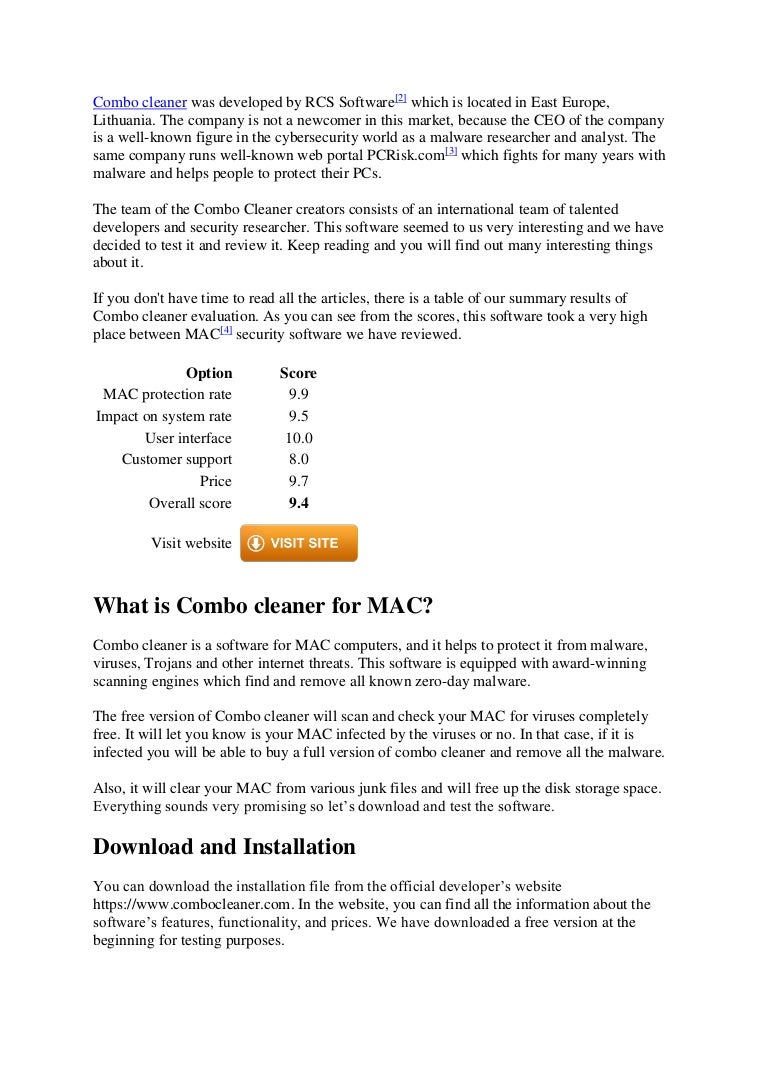

- #Scan for malware on mac how to
- #Scan for malware on mac install
- #Scan for malware on mac update
- #Scan for malware on mac windows 10
To remove this tool, delete the executable file (msert.exe by default).įor more information about the Safety Scanner, see the support article on how to troubleshoot problems using Safety Scanner. For detailed detection results, view the log at %SYSTEMROOT%\debug\msert.log. Review the scan results displayed on screen.Select the type of scan that you want to run and start the scan.Please refer to the Microsoft Lifecycle Policy.
#Scan for malware on mac windows 10
Safety Scanner helps remove malicious software from computers running Windows 10, Windows 10 Tech Preview, Windows 8.1, Windows 8, Windows 7, Windows Server 2019, Windows Server 2016, Windows Server Tech Preview, Windows Server 2012 R2, Windows Server 2012, Windows Server 2008 R2, or Windows Server 2008.

If you are having difficulties removing malware with these products, you can refer to our help on removing difficult threats. These antimalware products also provide powerful malware removal capabilities. For real-time protection with automatic updates, use Microsoft Defender Antivirus on Windows 10 and Windows 8 or Microsoft Security Essentials on Windows 7. This tool does not replace your antimalware product. Safety scanner is a portable executable and does not appear in the Windows Start menu or as an icon on the desktop. We recommend that you always download the latest version of this tool before each scan. Safety Scanner only scans when manually triggered and is available for use 10 days after being downloaded.
#Scan for malware on mac update
The security intelligence update version of the Microsoft Safety Scanner matches the version described in this web page. These include XProtect which is the internal malware scanner. To learn more, see 2019 SHA-2 Code Signing Support requirement for Windows and WSUS. All Macs have a set of inbuilt malware protections. Your devices must be updated to support SHA-2 in order to run Safety Scanner. It takes just a few minutes to scan your machine.Starting November 2019, Safety Scanner will be SHA-2 signed exclusively. When Avast finishes the scan, it will present a list of malware found. Click on the button, choose the drive, and wait. Next to the green button is a magnifier glass, which opens more scan options. This one-time scan runs seamlessly alongside any installed antivirus software. Our virus scanner is the quickest and easiest way to identify vulnerabilities and potential infections and remove these threats from your device. Running Malwarebytes is easy: launch the program, click on Scan, and wait. There is a green Run Smart Scan at the center of the screen, which will scan the entire Mac. ESET’s free online scanner detects and fixes viruses, malware, ransomware, worms and more. This is how stuff “all of a sudden” appears on your Mac, “all by itself.”

Made by the Mac security experts at Intego, VirusBarrier Scanner is a free anti-virus and malware removal tool for iMac, MacBook, MacBook Air, MacBook Pro, and iMac Pro.
#Scan for malware on mac install
Many sites with promising names (i.e., ) are loaded with adware and malware, and while you may get the software you want, you may also install a bunch of junk along with it. This way your Mac is always kept safe and you won’t put your friends and family at risk of being infected with malicious files. Tip: avoid downloading Mac software from anywhere other than the developer’s own site or the Apple Mac App Store. If your Mac is on an older system you’ll have to clean things up by hand. (Note: Malwarebytes requires macOS 10.10 or higher.

Malwarebytes has long been a player in the PC world, where problems of this sort are worse, and now they are here to clean up our Macs.Ĭlick this link to begin the free download, direct from the Malwarebytes website. The best way to remove adware and malware is with a free program called Malwarebytes for Mac. UPDATE 7-12-2019: Has it all of a sudden become impossible to send email from your Mac, using your email ending in mac.com or me.com? This article might solve your problem too. Did your Mac’s home page change all by itself? Do you see new items in your browser’s toolbar? Did you get a pop-up message telling you to call an 800 number, or your Mac will be erased? Are your searches being handled by some weirdo website? If so, your Mac may be infected with adware or malware.


 0 kommentar(er)
0 kommentar(er)
